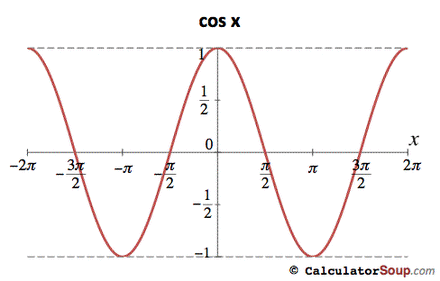Materials:
- wood block
- wire
- pipe
- razor blade
- safety pin
- paper clip
- screws
- headphone jack
- pencil
- Wrap a magnet wire around a piece of pipe 120 times
- Attach the pipe to a wood block with a couple screws
- Put a couple screws on the outsides of the pipe
- Attach a copper wire to one of them and hook it to another metal object like a radiator
- Hook another wire around the other screw and make sure it's long and use this as an antenna and put it out a window.
- Connect another wire to the wire connected to the ground wire and hook it up to one side of the headphone jack
- Connect another wire to the other side of the headphone jack and connect it to a paper clip used as a tuner
- Connect 2 wires to the wire used as an antenna and hook one to a razor blade set on the wood block and the other to a safety pin with a pencil attached to it



